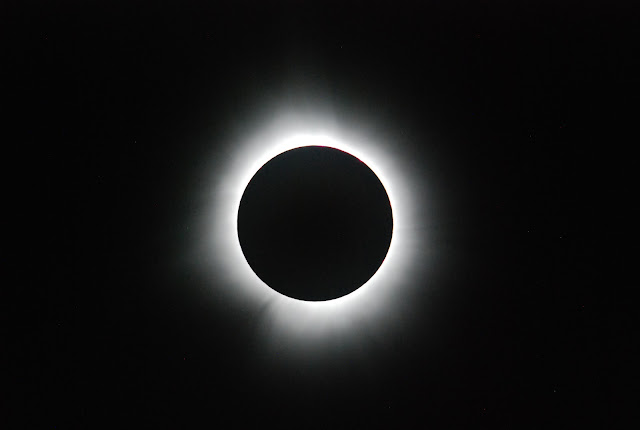Bird lists and bird collecting in the United States can be traced back 200 years or more in the exploits of explorers and early naturalists like Lewis and Clark and Alexander Wilson. Large, organized bird surveys came more recently including the well known Christmas Bird Count started in 1900. By the second half of the 20th century worries about loss of wildlife and habitat were growing. A nationwide scientific assessment of bird populations was designed and initiated by Chandler Robbins in 1966 in the form of the Breeding Bird Survey done every year across the country to track changes in bird populations.
State breeding bird surveys were encouraged by Robbins and in 1974 the first collection of data at a state level was done in Massachusetts 1974-1978. The first printed breeding birds atlas was published by the state of Vermont in 1985 based on a survey of the state done from 1976-1980. This year Minnesota joins the party by publishing The Breeding Birds of Minnesota, History, Ecology and Conservation authored by Pfannmuller, Niemi and Green. The book is based on data collected by hundreds of individuals over 5 years from 2009-2013. The original use of these data was to construct an online Minnesota Breeding Bird Atlas in 2017. Many people (me included) hoped for a published book right away. I had seen the wonderful BBA that Wisconsin had printed in 2006 (they are due to publish their second BBA in 2025) and thought we should have something as good if not better. A number of hurdles, not the least of which was funding, were finally overcome and book came to fruition. The wait was certainly worth it.
The Breeding Birds of Minnesota, all 685 pages of it, is BEAUTIFUL. It's not what some people may expect. This book doesn't address species that are only here in the non-breeding season or are only seen as they pass through the state in migration. This book isn't an identification guide and this book definitely isn't something to carry into the field on a hike. What this book is, is an in depth look at the 250 species of birds that breed within our state borders from both an historical and modern day perspective.
There are 4 sections that make up the the book. However, I would encourage readers to read both the Forward by Dr. Francesca Cuthbert and the Introduction to set up some context before diving into the main sections. The first 3 sections are foundational.
Section 1 Introduces the Minnesota Breeding Bird Atlas and how the survey was designed and carried out. This addresses data collection, data summaries and some of the highlights in the survey.
Section 2 is a really nice introduction to the biogeography of the birds in Minnesota. If the reader has any familiarity with the Minnesota DNR Ecological Classification System they will recognize maps and habitats described here.
Section 3 describes how to read the species descriptions providing explanations and definitions for many of the terms used in the species accounts. This is especially helpful in keeping a lot of the acronyms used straight.
Section 4 is the bulk of the book and, to most readers, will be the most interesting part. These are the species accounts and the organizational layout makes this section very easy to use. The species covered are arranged phylogenetically like a field guide. Each species account covers 2 facing pages and are about 1500 words long. Some species of special interest have longer accounts of approximately 3000 words. A photo of the bird is included. There are maps for every species that show the breeding range in Minnesota as discovered in the atlas effort. The text covers 4 topics: 1) Breeding distribution, 2) Breeding habitat with an accompanying photo, 3) Population abundance including a graph of population trends for some species and 4) Conservation overview which for many species is maybe the most important section when it comes to management.
Finally, the Acknowledgements section and Appendices should be read. These often feel like add ons but the appendices are a source of analysis that is eye opening and the section listing all the individuals who participated in this effort makes you realize what a huge project this was.
I have very few quibbles with this book. I would have liked the maps to be a bit larger but that would be at the sacrifice of text. The maps are still accessible in a larger size on the original atlas website (mnbirdatlas.org). A few of the species photos feel a little small but, again, making them bigger would have cost something else. Some people may see the price of this book and think it is too expensive at $60 but a book of this quality could easily have pushed $100. This book is a deal.
This is a project of which the people of Minnesota (and not just birders) can be proud and I hope everyone interested in birds and or conservation will purchase a copy. I have a small personal criticism in that my name is misspelled in the participant list (I even sent an e-mail to have it fixed on the website). Maybe it can be corrected if and when The Breeding Birds of Minnesota II is published in the not too distant future.
















